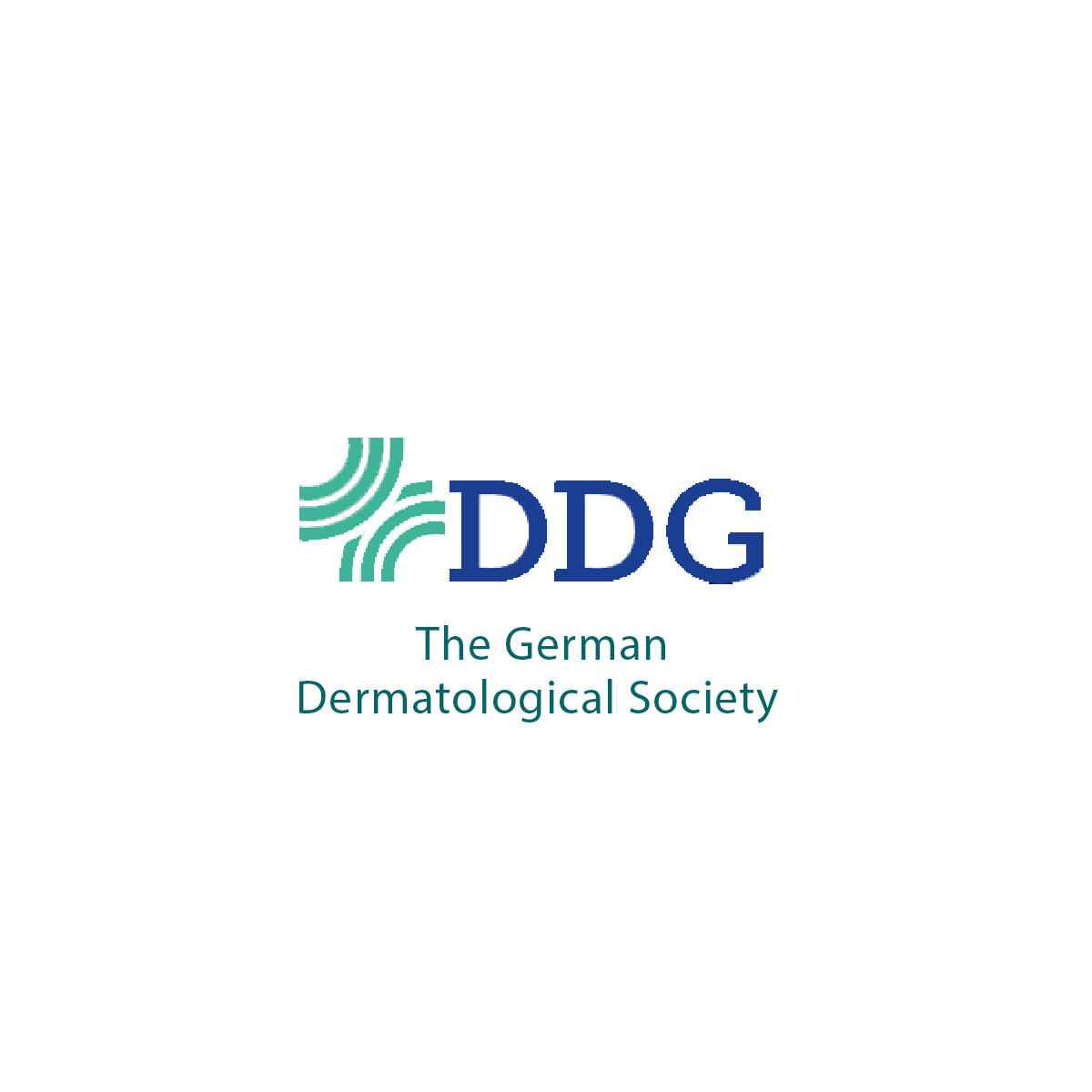
Authors:
Joachim Dissemond, Johannes Georg Böttrich, Horst Braunwarth, Jörg Hilt, Patricia Wilken, Karl-Christian, Münter 6. 2017 Deutsche Dermatologische Gesellschaft (DDG). Published by John Wiley & Sons Ltd. | JDDG | 1610-0379/2017/1505
Background
Given that the scientific evidence for silver in wound care is generally considered insufficient, there is uncertainty among users regarding its clinical use.
Material and methods: A group of experts evaluated the clinical studies on silver in wound management published from 2000–2015.
Results
Overall, 851 articles were identified, 173 of which were included and categorized. There were 31 randomized controlled trials (RCTs) and eight cohort studies.
Twenty-eight of these studies showed statistically significant outcome parameters in support of silver. While nine of these studies investigated burn injuries, 20 addressed other indications (venous leg ulcers: 9; pressure ulcers: 3; chronic wounds: 2; diabetic foot ulcer: 1; other types of wounds: 5). In 16 studies, the primary parameter was wound healing, whereas quality of life including pain was assessed in twelve studies; cost-effectiveness, in eight studies; reduction of bacterial load, in three studies. Based on these results, a treatment algorithm for the clinical use of silver in wound care has been developed.
Conclusions
The present meta-analysis shows that the evidence base for silver in wound management is significantly better than perceived in the current scientific debate. Thus, if used selectively and for a limited period of time, silver not only has
antimicrobial effects but is also characterized by an improvement in quality of life and good cost-effectiveness.


